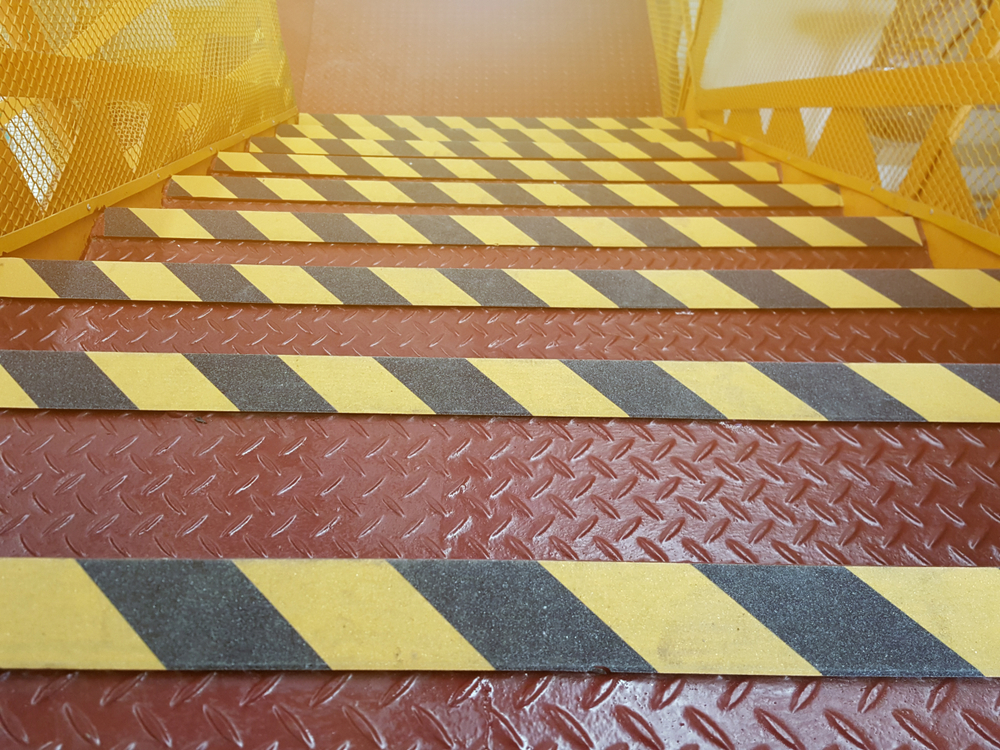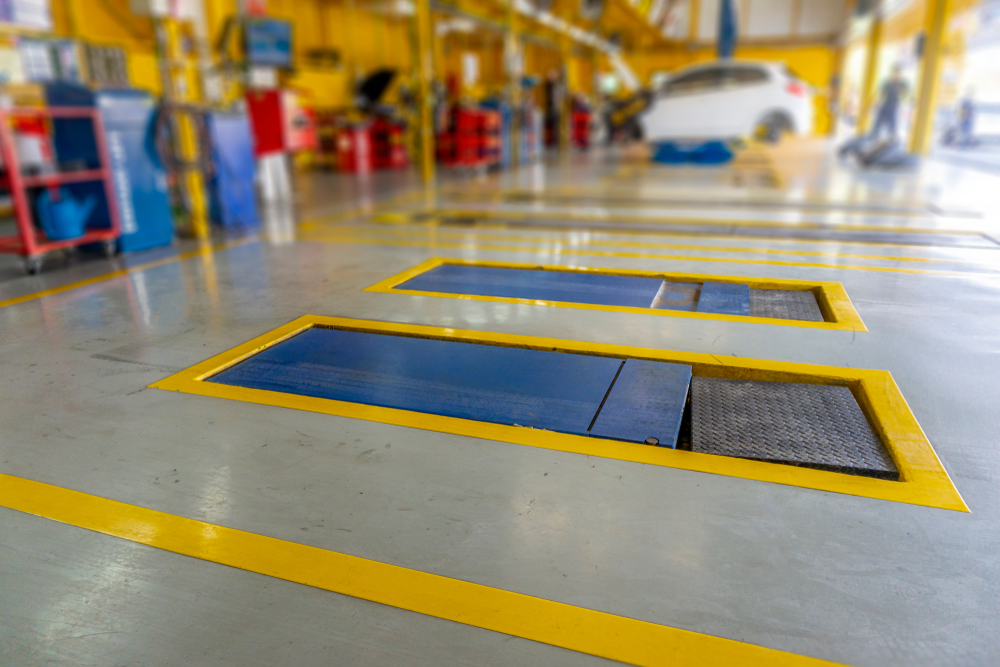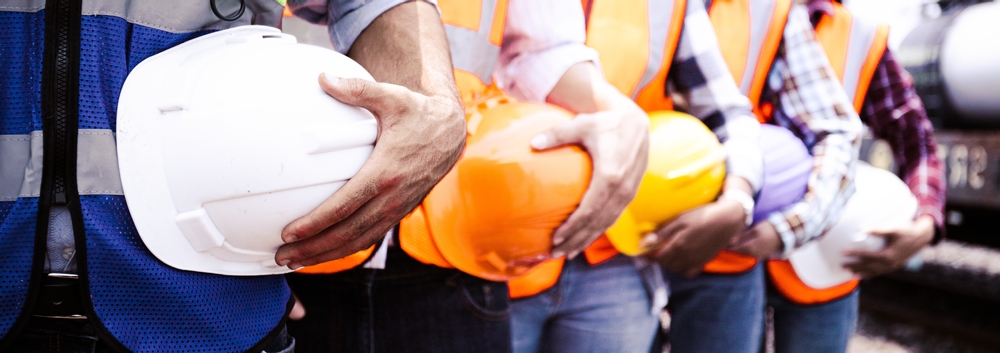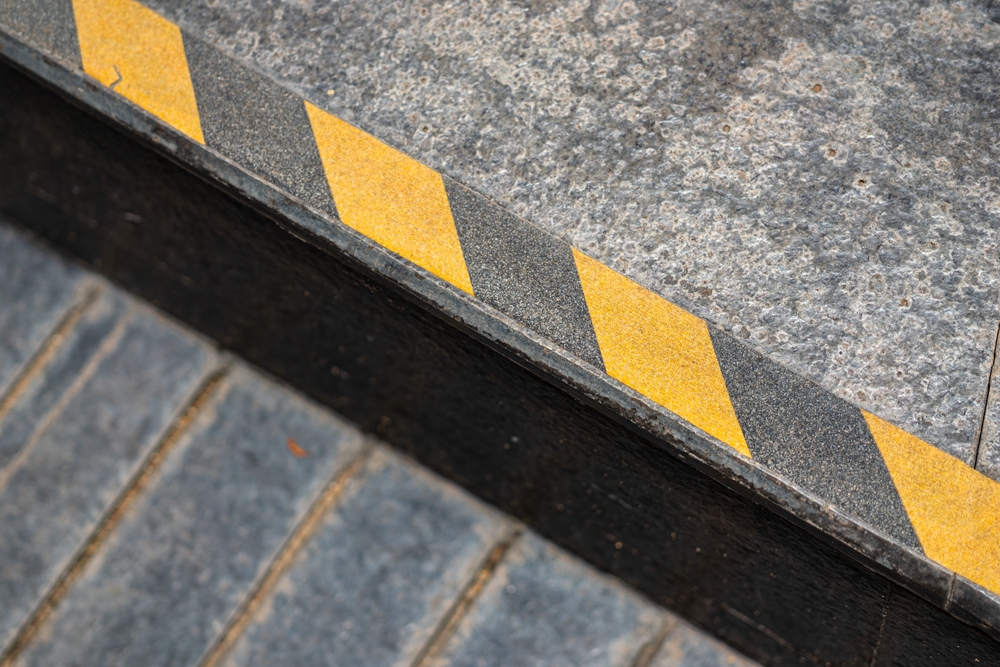Taking a strong approach to enforcing health and safety rules is one of the most important ways of ensuring everyone on site is able to stay fit, healthy and productive in the workplace. Getting the right health and safety gear for your staff isn’t just a nice bonus - it literally saves lives, and keeps your business on the right side of the law.
However, despite this, it’s fair to say that the idea of “health and safety rules” doesn’t always conjure a positive mental association. Indeed, you may have read a few stories in the newspaper or online that create an image of safety regulations as pointless bits of bureaucracy, upheld by officious jobsworths at the expense of common sense - but have you ever looked into where these stories come from?
Dig a little deeper, and you’ll soon find that myths and misconceptions around workplace safety rules are rife in the UK. In fact, the Health & Safety Executive (HSE) has its own “Myth Busters Challenge Panel” to investigate some of the odd decisions made in the name of health and safety, but in actuality are based on a shaky understanding of the real rules!
Here, the experts at SafetyBuyer have taken a look at some of the challenges raised by the panel to get to the bottom of some of the most common myths around health and safety laws that get perpetuated by the media - and reveal the truth of what these rules actually mean...
Breaking down the myths
There is a heavy dose of sensationalism in many media scare stories about health and safety, but when it comes to myths that arise from real workplace cases, simple misinterpretation of the rules is often the root cause.
In the words of the HSE, health and safety “is often incorrectly used as a convenient excuse to stop what are essentially sensible activities going ahead”, as risk-averse businesses hide behind the rules as a justification to prohibit activities that could easily be performed safely with the proper planning. Here are just a few examples:
Myth: “You cannot stock plasters in a work first aid kit”
In one case reviewed by the Myth Busters Challenge Panel, an employee had cut their finger in the workplace and a colleague tried to obtain a plaster from the first aid kit, but found there were none. When the employee raised this with their manager, they were told that due to “health and safety” reasons, such as allergies, plasters were no longer supplied in the first aid kit.
The truth
According to the HSE, there is no particular health and safety regulation that would ban the use of plasters. In fact, it is actually advised to have plasters in any workplace first aid kit in case of any emergency.
With regards to the concern of plasters causing allergic reactions, you can simply stock hypoallergenic plasters, or ask the person being treated if they are allergic to plasters before applying one.
Myth: “Opening office windows is unsafe”
An office was told they were unable to have the keys to open their office windows due to them being on the third floor, with the windows running from floor to ceiling. It was claimed by the property owners that it would “breach health and safety rules” if they were to let employees open them, creating concerns about rising temperatures during the summer months.
The truth
Although there could be a genuine potential concern about people falling out of a window in a case like this, this is an issue that ought to have been addressed by fitting appropriate controls in order to prevent this from happening, rather than banning the opening of the window. This would mean that the windows can only be opened to a certain extent.
Air conditioning should also be considered in a situation like this, as an overly hot office can pose genuine health risks of its own.
Myth: “Employees are not allowed to use their own handwash or cleaning products”
Employees of a business ran into legal confusion over employees using handwash they had purchased themselves in workplace toilets. Because the company was unclear how handwash purchased from high street shops could be accounted for under COSHH regulations, they simply chose to ban their use entirely.
The truth
While it’s positive that this company was considering potential risks their employees could be exposed to in the workplace, this is a risk-averse and slightly misguided interpretation of COSHH requirements.
Items such as hand wash are highly unlikely to contain any dangerous substances that might be hazardous to health, and would therefore fall outside of the scope of COSHH. As such, there is no reason for this rule to be implemented in this way.
Myth: “You can’t wear headphones in the workplace”
A company banned one of its employees from wearing headphones in the workplace after finding them working with a single earphone in one ear as they worked. It was claimed that this was against health and safety regulations when enforcing the ban.
The truth
Although there are no specific health and safety regulations that ban the use of headphones in the workplace, there are instances where this may be a reasonable rule - for example, in an occupation that involves the use of moving vehicles or heavy machinery.
However, there needs to be clear guidelines in place for the use of personal headphones, and if they are banned in a company, then there should be valid reasoning as to why.
Myth: “It’s unsafe to wear shorts or flip flops in the workplace”
An overzealous approach to health and safety has led to confusion regarding acceptable safe dress codes in the workplace. The HSE states that it regularly has to deal with misconceptions that sandals and flip-flops are banned by health and safety law, which is simply untrue.
In another case reviewed by the Myth Busters Challenge Panel, a building site decided to enforce a rule that employees are not allowed to wear shorts at work, even going as far as to provide plastic waterproof trousers for employees that turned up on site wearing shorts.
The truth
Defining suitable workplace attire will often depend on the demands of the work itself, as well as the internal policies of the company. It is certainly not correct to say that wearing shorts and sandals to work are illegal under UK safety laws, but the right approach will often depend on circumstances.
Construction workers are often required to wear PPE, including long trousers, to protect their bare skin from hazards such as sharp equipment, chemicals or wet cement. Additionally, because slips, trips and falls account for about 30% of workplace accidents, sandals or flip-flops may be deemed unsuitable in areas with wet or uneven floors.
However, if the employee feels they are being asked to wear unnecessary PPE for no clear purpose, they should take this up directly with their employer.
Myth: “Workers can’t even use a stepladder without proper training”
This particular myth has generated plenty of headlines over the last decade or so, prompting the HSE to put out statements on multiple occasions to refute the claim that the use of stepladders are banned at work, or that they cannot be used without special training.
One key example used to back up this claim was an incident in which a man who had hired an electrical engineer to their home was left disgruntled when the tradesman was unable to replace his meter - because he was not allowed to climb a stepladder.
The truth
As with many of these cases, the truth is more complex than the tabloid coverage would have you believe. In fact, the HSE has no rules against using ladders and stepladders for work-related tasks, but simply calls on those planning the work to consider how suitable they are for the job at hand.
These tools are ideal for carrying out low-risk tasks that involve working at height for a short time. However, staff are discouraged from using stepladders for complex tasks over long periods, while efforts clearly need to be made to ensure the ladders are secure.
In the aforementioned case, the engineer had assessed the needs of the job and determined that it would be too difficult to replace the meter on his own using a stepladder, due to its positioning next to a flight of stairs, and decided that a second person would be needed to help him out. The HSE has backed this up as a reasonable judgement, and pointed out that much of the media coverage of this case was oversimplified and misleading.
Myth: “Even trapeze artists are forced to wear hard hats”
At the height of the media’s frenzy around health and safety laws during the 2000s and 2010s, it became common to see regular headlines proclaiming the various ways that health and safety had “gone mad” with absurd new laws.
One of the most commonly reported was the idea that new EU-imposed safety rules around working at height would force trapeze artists and other circus performers to wear hard hats, or put themselves at risk of losing their insurance cover. Although these stories are now less frequent in the media, many continue to believe them.
The truth
In many of the cases above, it is clear how a grain of truth has been misinterpreted by overzealous or thoughtless managers - but according to the HSE, the trapeze artist story has never anything more than “utter nonsense”!
The same can be said of many of the most famously absurd stories you may have heard about ridiculous health and safety “rules”. Whether it’s the idea that schoolchildren have been banned from playing conkers without safety goggles, that office workers are no longer allowed to put up their own Christmas decorations, or that it is now too risky for university graduates to throw their mortar boards in the air, the simple truth is that most of these stories have no basis in any real legislation.
Health and safety: the real facts
Although some of the above misconceptions have an element of humour to them, there are some troubling implications as well. These myths and misinformation regarding health and safety regulations have not only caused confusion around certain laws, but they arguably take away the seriousness and importance of legitimate workplace safety procedures.
Below are some stats that highlight the dangers of workplace-related risks and injuries, and the significance of having relevant health and safety practices in place to protect employees:
- According to the Labour Force Survey, 693,000 working people sustain an injury while at work
- 38.8 million working days are reported to have been lost due to workplace injuries and work-related illnesses
- £16.2 billion is the estimated cost of ill health and injuries from current working conditions
While there are many of the myths we’ve just debunked are clearly absurd, actual health and safety regulations are put in place for a reason, and it’s important that these guidelines are consistently followed in the workplace in order to prevent any risk of injury.
So the next time you hear a claim about health and safety rules that seems too strange to be true, make sure you keep your fake news radar finely trained to ensure you are able to distinguish the misleading fiction from the lifesaving facts!
Equip your employees with workplace safety solutions from SafetyBuyer
Making sure your business is properly equipped to deal with the realities of workplace safety means getting educated on the rules, and investing in the right health and safety equipment and tools to ensure your business is following them.
If you are in need of high-quality health and safety workplace solutions, SafetyBuyer is here to help. We stock PPE, first aid kits, safety signage and more - to find out how we can help, call us on 0800 043 0161, or get in touch with our team today!
 Over 12,000
Over 12,000  Simple no quibble
Simple no quibble  Prompt dispatch &
Prompt dispatch &  UK Mainland Delivery
UK Mainland Delivery 













